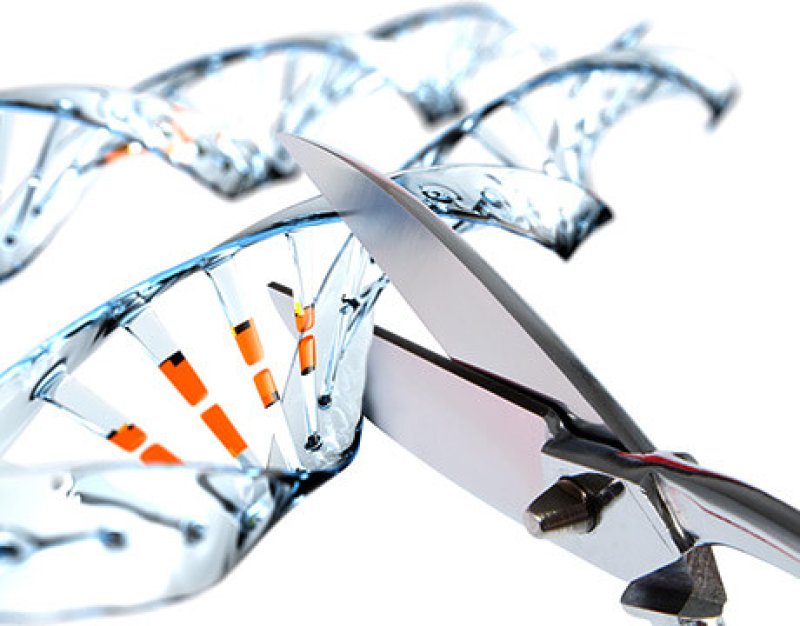For all its gene-editing prowess, mechanistically CRISPR is a bit like a power tool with a broken “off” switch.
Hear me out: the entire CRISPR machinery is designed in a test tube, and once constructed it’s always on.
…
Setting a molecular power tool loose is obviously not ideal: it can get over zealous and chomp at non-targeted genes. And if something goes wrong, there’s no immediate way to shut down the machinery before it wreaks havoc.
[January 2019], a team from UC Berkeley took a stab at taming the CRISPR beast. Using a technique called circular permutation, the team reorganized CRISPR into a programmable tool dubbed ProCas9 that silently lurks within cells until external factors—viral infection, for example—wakes it up.It’s an “extra layer of security” that limits CRISPR’s editing skills to only a subset of cells “to ensure accurate cutting,” said study author Dr. David Savage.
What’s more, ProCas9 can potentially respond to Boolean inputs such as “and” or “not,” meaning that it will only activate if a specific set of instructions are met—for example, “the cell is cancerous” or “the cell is infected” leads to the response “sacrifice the cell,” which activates CRISPR and instructs it to chop up genes essential for survival.
Read full, original post: CRISPR Just Got More Powerful With an “On” Switch































